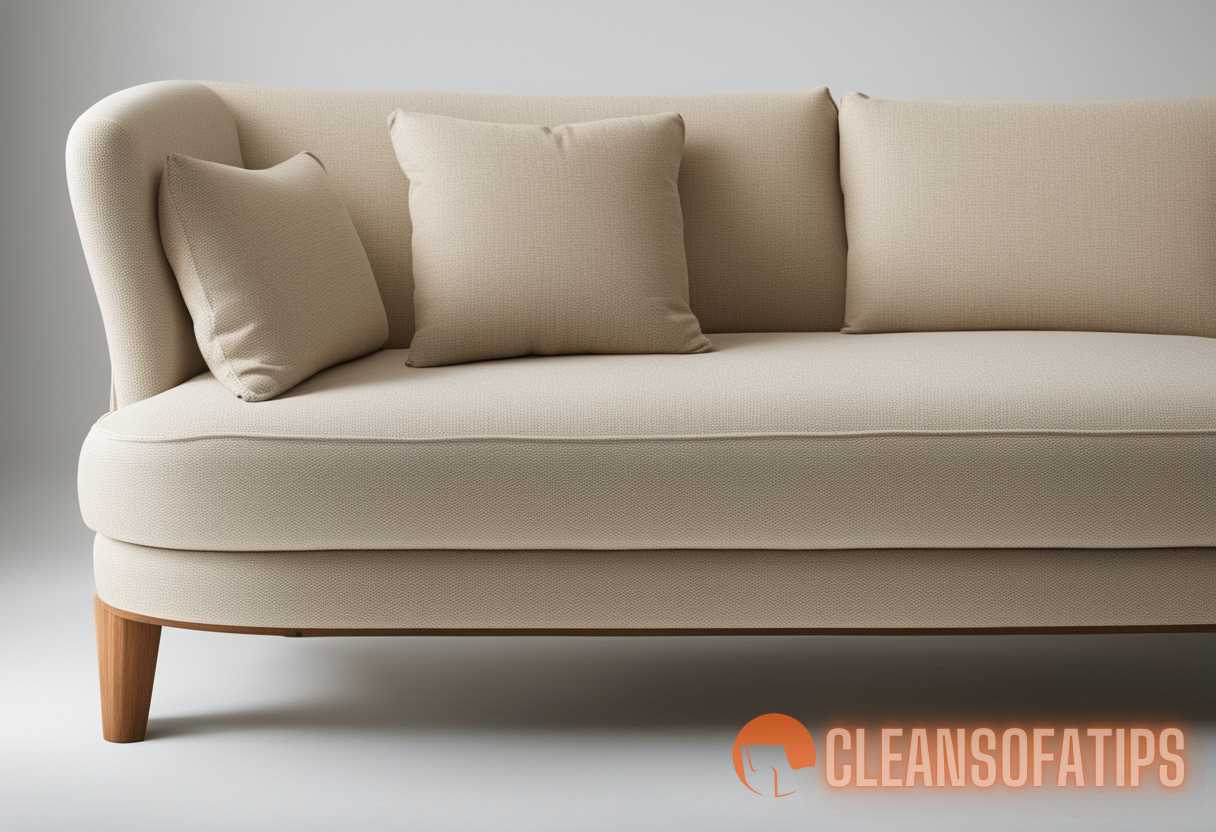Introduction
Keeping your upholstery in top condition is essential for both the appearance and durability of your furniture. Traditional upholstery cleaning methods often involve the use of harsh chemicals that can be detrimental to the environment and your health. However, there are now revolutionary eco-upholstery techniques that harness the power of nature’s elements to effectively clean and revitalize your upholstery without causing harm. In this article, we will explore these eco-friendly techniques and how you can implement them to sustainably care for your upholstery.
The Importance of Eco-Friendly Upholstery Care
Upholstery is subject to everyday wear and tear, including spills, stains, and dirt accumulation. Regular cleaning and maintenance not only keep your furniture looking fresh but also extend its lifespan. However, the chemicals found in many commercial upholstery cleaning products can be toxic to the environment and harmful to your health. By adopting eco-friendly upholstery care practices, you can protect both your furniture and the planet.
Benefits of Eco-Friendly Upholstery Care:
- Reduces chemical exposure: Traditional upholstery cleaning products often contain toxic chemicals that can linger in the air and on your furniture. Eco-friendly alternatives minimize chemical exposure, creating a healthier environment for you and your loved ones.
- Preserves indoor air quality: Harsh chemicals used in traditional cleaning methods can release volatile organic compounds (VOCs) into the air, polluting indoor environments. Eco-friendly approaches help maintain cleaner, fresher air quality in your home.
- Protects the environment: Eco-friendly upholstery care minimizes the release of harmful chemicals into the environment, reducing water and air pollution.
- Prolongs upholstery lifespan: Gentle cleaning methods and natural cleaners help preserve the integrity of your upholstery, minimizing wear and tear and extending its lifespan.
- Cost-effective: Eco-friendly cleaning solutions are often more cost-effective than commercial products, as many of the ingredients can be found in your pantry.
Eco-Friendly Upholstery Cleaning Techniques
1. Botanical Upholstery Refresh
One of the revolutionary techniques for eco-friendly upholstery revival is the use of botanical refresh solutions. These solutions are made from natural ingredients such as essential oils and plant extracts. Botanical upholstery refresh products effectively remove dirt, stains, and odors from your upholstery while leaving a pleasant, natural scent.
Botanical upholstery refresh solutions are easy to make at home. You can create your own natural upholstery cleaner by combining ingredients such as water, vinegar, essential oils, and castile soap. This DIY solution is not only effective but also environmentally friendly.To use a botanical upholstery refresh solution, follow these simple steps:
- Vacuum the upholstery to remove loose dirt and debris.
- Prepare the botanical refresh solution: mix water, vinegar, essential oils, and a small amount of castile soap in a spray bottle.
- Spray the solution onto the upholstery, focusing on any stains or areas that need extra attention.
- Gently scrub the solution into the upholstery using a soft brush or sponge.
- Allow the solution to sit for a few minutes.
- Blot the upholstery with a clean, absorbent cloth to remove excess moisture and dirt.
- Let the upholstery air dry completely.
- Once dry, vacuum the upholstery again to fluff the fibers.

2. DIY Sofa Care Made Easy
In addition to botanical upholstery refresh, there are several other DIY techniques you can use to care for your upholstery in an eco-friendly manner. These techniques involve simple ingredients and practices that are safe for both you and the environment.
You can find more detailed information and step-by-step instructions on DIY upholstery care in the article available at this link. It provides essential tips and tricks for upholstery maintenance, including:- Regular vacuuming: Vacuuming your upholstery on a weekly basis helps remove dust and dirt, preventing them from settling into the fabric fibers.
- Removing stains: Different types of stains require different cleaning techniques. The article provides specific instructions for removing various types of stains, from food and beverage spills to ink and pet accidents.
- Deodorizing: Natural deodorizing methods help eliminate unpleasant odors from your upholstery. Baking soda and essential oils are effective options for freshening up your furniture.
- Protective measures: Taking preventative measures such as using slipcovers and implementing “no food or drink” rules can help protect your upholstery from spills and stains.
- Regular maintenance: In addition to cleaning, regular maintenance practices such as rotating cushions and fluffing pillows can help maintain the shape and appearance of your upholstery.
The Science Behind Eco-Friendly Upholstery Care
The science behind eco-friendly upholstery care lies in understanding the properties of natural ingredients and their effectiveness in cleaning and revitalizing upholstery. Many natural ingredients have inherent cleaning properties, making them suitable alternatives to harsh chemicals. For example:
- Vinegar: White vinegar is a powerful natural cleaner that can effectively remove dirt, stains, and odors from upholstery. Its acidity helps break down stubborn stains and dissolves mineral deposits.
- Baking soda: Baking soda is a versatile ingredient that can be used for both cleaning and deodorizing. It helps absorb odors and can be used as a gentle abrasive to remove stains without damaging upholstery fibers.
- Lemon juice: Lemon juice contains natural bleaching agents that can help lighten stains on upholstery. Its acidity also helps eliminate odors.
- Essential oils: Essential oils not only provide a pleasant scent but also possess antimicrobial properties. They can help kill bacteria and fungi that may be present on your upholstery.
By understanding the science behind these natural ingredients, you can harness their cleaning power and create effective eco-friendly upholstery care solutions at home.
Conclusion
Revolutionary techniques for eco-friendly upholstery revival are making it easier than ever to care for your furniture sustainably. By harnessing the power of nature’s elements, such as essential oils, vinegar, and baking soda, you can effectively clean and revitalize your upholstery without harming the environment or compromising your health. Regular maintenance practices, including vacuuming, stain removal, and deodorizing, can help extend the lifespan of your upholstery while keeping it looking its best. By adopting these eco-upholstery techniques, you can enjoy a beautiful, clean, and environmentally friendly home.



